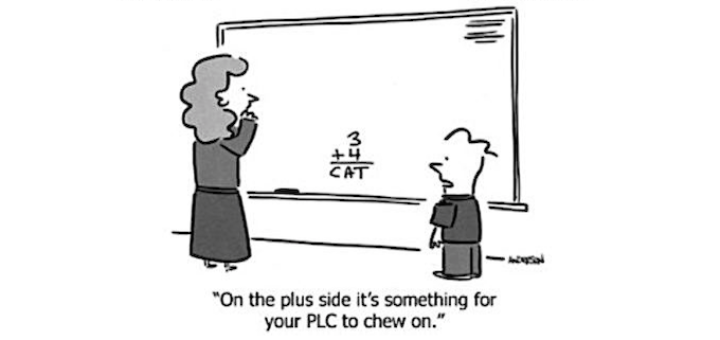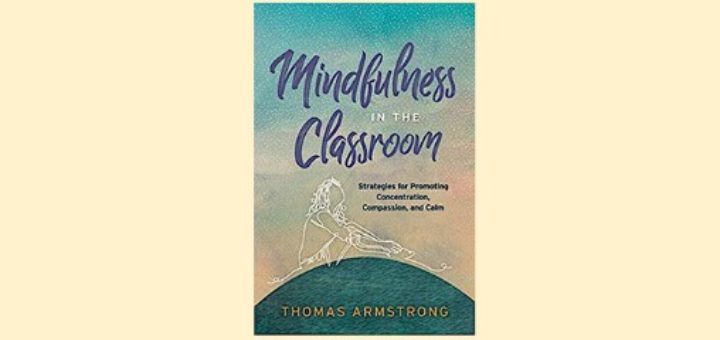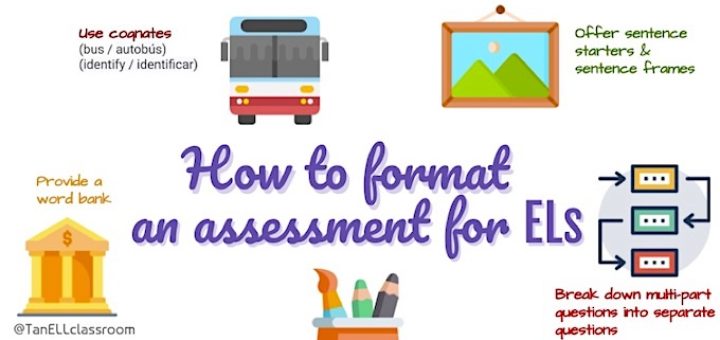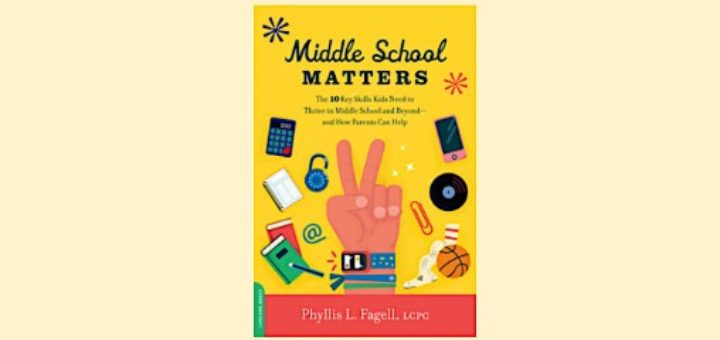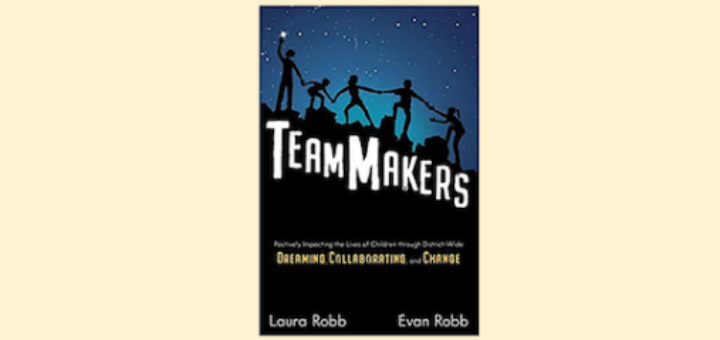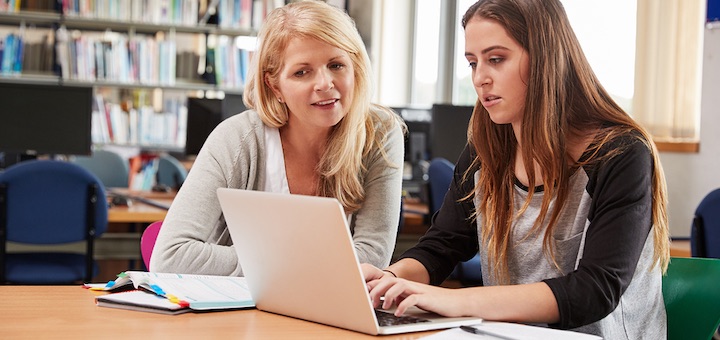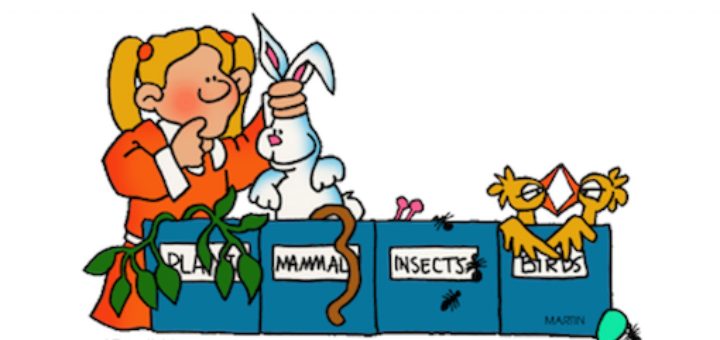Teaching and learning in grades 4-8
It can be hard to convince students that math mistakes are a good thing, when they are punished on standardized testing for every single error. But our intrepid math blogger Michelle Russell is coming up with ways to help her classes turn math missteps into better performance.
Learn the intricacies of mindfulness practice for both students and teachers in Dr. Thomas Armstrong’s Mindfulness in the Classroom. After explaining how stress affects the brain, he shows how mindfulness promotes concentration and calm in class, writes Kathleen Palmieri.
Wondering how to differentiate the format of the standard paper-and-pencil summative assessment to meet the needs of English learners? Tan Huynh shows how word banks, visuals, single-task questions, sentence starters, and synonyms can help ELs convey what they know.
Both parents and teachers will find a refreshing look at how to help middle schoolers thrive in Phyllis Fagell’s Middle School Matters. She provides practical, straightforward advice informed by experience and research, writes middle grades teacher Cheryl Mizerny.
In Team Makers Laura Robb and Evan Robb examine the power of collaboration and the visioning that can empower educators to move away from tired practices and embrace new ideas that help transform schools into active learning centers, says principal and NBCT Rita Platt.
Why is NBCT Marilyn Pryle’s “never-fail” Character Sketch activity so effective? Because it asks students to use the people in their own lives as inspiration – a parent, grandparent, sibling, or friend. Pryle provides the teacher’s script, complete with student prompts.
Storytelling – speaking, writing, hearing, and appreciating our own and other’s stories – can be an equalizer for ensuring all students’ lives are respected, honored, and recorded, writes Literacy Essentials author Regie Routman. Learn about her new podcast series.
At its best, annotation starts a dialogue between our English and History students and thoughtful writers past and present. But that doesn’t mean adolescents are eager to do it. Sarah Cooper shares ideas and online resources to make the process a true learning experience.
Having the ability to choose our own focus makes people, on average, five times more committed to the outcome. The classroom implications are clear, says teaching consultant Barbara Blackburn. “If students are more invested in their work, they are more likely to learn.”
In The Right Tools Towanda Harris has created a system to review the literacy materials at a teacher’s disposal to decide which are strongest and weakest. She also includes strategies for finding fresh resources that better match student needs, says Erin Corrigan-Smith.

